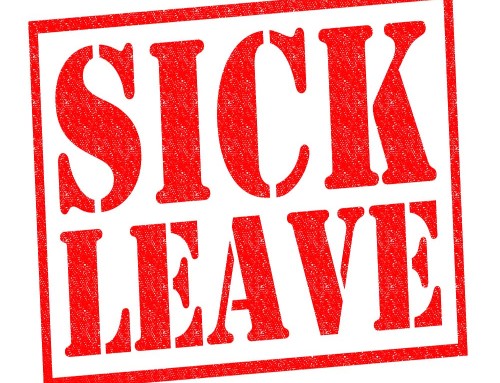Last week, the U.S. Department of Labor (DOL) issued guidance as part of its implementation of the COBRA premium assistance provisions under the new federal American Rescue Plan Act (ARPA). ARPA requires employers to cover 100% of the cost of continuing COBRA coverage for certain Assistance Eligible Individuals (AEIs) for the period April 1, 2021, through September 30, 2021. AEIs are individuals eligible for COBRA coverage due to an involuntary termination or reduction in hours and whose maximum COBRA coverage period has not expired by April 1, 2021. The involuntary termination or reduction in hours does not need to be COVID-19 related and the COBRA exclusion for employees terminated for “gross misconduct” remains in effect. (Be aware that establishing “gross misconduct” under COBRA can be a heavy burden for an employer to meet).
The COBRA premium assistance subsidies apply to State and local government group plans that provide COBRA coverage. Employers that subsidize COBRA premiums may offset the cost of the premiums against quarterly Medicare tax deposits. ARPA does not extend the maximum coverage period (ordinarily 18 months from the qualifying event), but it does allow some employees who were terminated prior to April 1, 2021, a second chance to elect COBRA coverage if the employee previously declined coverage, or elected coverage and discontinued it. For example, an employee terminated in February 2021 would be eligible for the COBRA subsidy beginning on April 1 through September 30, 2021, but an employee terminated in October 2019 would be eligible to receive the subsidy only during April 2021. Employees who remain eligible for COBRA and elect to continue COBRA coverage after the premium assistance period ends may continue their coverage by paying the full premium amount.
The COBRA subsidy does not apply to individuals who are eligible for other group health coverage, such as Medicare or another group plan from a new employer or a spouse’s plan. Individuals who continue to receive the COBRA subsidy after becoming eligible for other group coverage and fail to notify the plan of their eligibility may be assessed a tax penalty of the greater of $250 or 110% of the premium. Employers also face a fine for non-compliance of $100 per qualified individual for each day the employer fails to comply with the requirements.
DOL also issued model election notices to address ARPA’s notice requirements. Employers and plan administrators must provide a special notice before May 31, 2021, explaining the rights and availability of the subsidy to individuals who experienced a COBRA qualifying event prior to April 1. This same notice must be sent to individuals that experience a COBRA qualifying event during the six month subsidy period. Individuals must elect COBRA continuation coverage within 60 days to be eligible for the subsidy. Notice must also be provided as the end of the premium assistance period approaches.
DOL’s guidance leaves some questions unanswered. For instance, it does not define involuntary termination. So, while an employee who has his/her hours reduced would be eligible for the subsidy, an employee who voluntarily resigns because his/her hours were reduced would likely not be eligible. Additionally, the guidance does not provide specific details as to how employers can take advantage of the tax credits (additional guidance on this issue may be forthcoming from the IRS). The complete DOL guidance and model notices can be found at the link on our website. Please do not hesitate to contact one of our attorneys to discuss any issues with the implementation of this new law.






